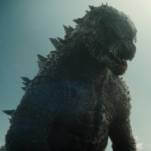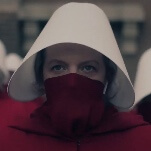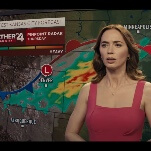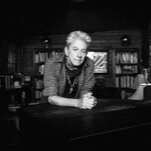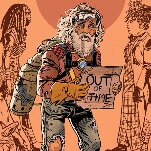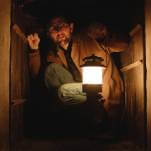Margaret Atwood: Moral Disorder

Initially, Margaret Atwood's smoothly mysterious anthology Moral Disorder seems like a collection of otherwise-unrelated short tales of transformation. In the first story, "The Bad News," an unnamed first-person character and a man named Tig process a generic run of modern bad news; midway through, their perspectives change, and they're Roman citizens, discussing the barbarians crossing the Rhine. "The Headless Horseman"—the book's strongest standalone installment—is packed with changes: make-believe games turn a father into a bear and a sister into a monster, relationships mature, children grow up, medication radically alters a personality. In other early installments, pregnancy turns a vital woman into a blank specter and her daughter into a studied servant, while other unnamed women age, recreate themselves, and move through relationships and homes. In all these installments, Atwood pictures her characters' surroundings in detail, but only introduces them in relation to each other, as archetypes occupying minutely detailed worlds rather than strong individuals. The effect is often haunting, but more illustrative than personal, and each installment seems to peter out in mid-thought.


